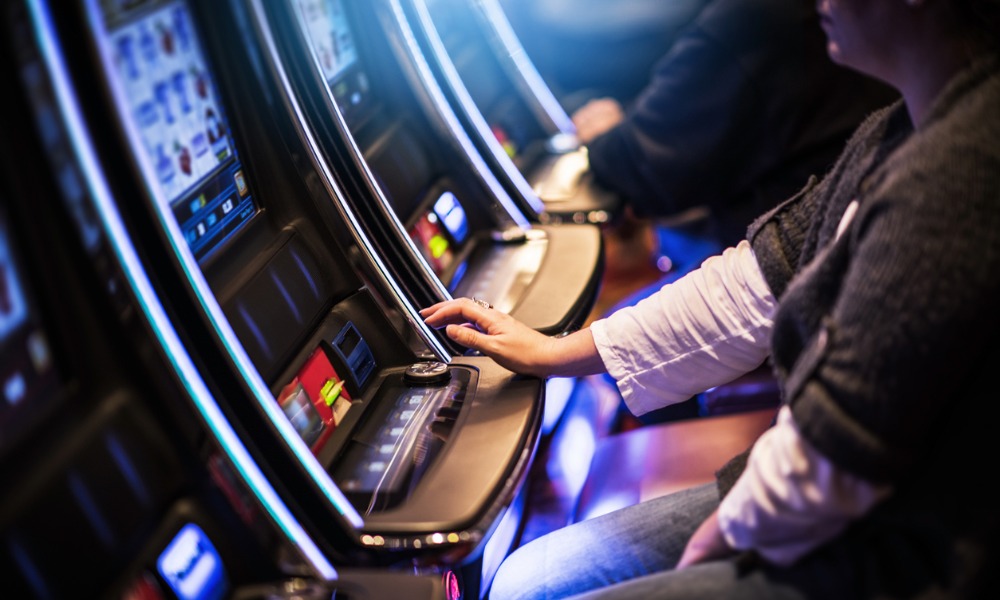New research shows how investors who actively trade amid choppy markets may only be making things worse for themselves

‘90s music fans will likely remember the song “Ironic,” which runs down a list of unfortunate and mostly-not-really-ironic situations. But if we go by Alanis Morissette’s definition, it turns out active investors who try to time markets may be setting themselves up for that kind of trouble.
Citing a study from Ilia Dichev of Emory University and Xin Zheng of University of British Columbia, Shlomo Bernartzi said people who actively “chase stability” by attempting to time markets in periods of turbulence were shown to have actually added to their volatility exposure.
As Bernartzi explained in the Wall Street Journal, such investors tended to invest in stocks just as they went from being low-volatility to high-volatility equities. The result, ironically for the investors, is that they end up having high capital exposure when volatility is increasing.
“[T]he volatility of the actual investor experience is nearly 50% higher than the corresponding volatility of stock returns,” Emory and Zheng said. The effect also appeared to worsen with time, as active investors with a time horizon of 30 years were found to experience 71% more volatility compared to those who just buy and hold investments.
The unfortunate tendency to mistime low-volatility investments, the authors found, was present not just in the U.S., but also in other markets like Canada, Germany, Japan, and the U.K.
One working theory to explain why active trading continues to appeal to people, despite its well-known tendency to be less lucrative than passive investment, suggests that playing the market provides excitement akin to what they get from blackjack and slot machines. This was highlighted over the past year, Bernartzi said, as individual investors swarmed to open accounts on online trading platforms.
Some have expressed concern about the rising popularity of online trading apps, and the huge volumes of activity they’ve spurred, as they purportedly foment risk-taking by gamifying the investment experience. As an example, Bernartzi cited how stock values are updated within the app every few seconds, with changing numbers spinning on the interface similar to the reels of a slot machine. Certain first actions taken by investors, he added, are recognized with confetti falling across the screen.
Unfortunately, users who succumb to those nudges and trade frequently on Robinhood often experience worse results, according to research from Brad Barber of the University of California, Davis, and colleagues. Their research, Bernartzi said, show an increased tendency among Robinhood investors to engage in herding that leads to price spikes in the short run and price declines over time. The hottest stocks on Robinhood, they found, tended to decline by 5% to 9% within a month – likely because of short sellers betting against those same stocks.
In defence, a spokesperson for the company said that its efforts to reach mobile-first customers has democratized access to the financial system and helped millions to learn and invest responsibly.
“We see evidence that most Robinhood customers use a buy-and-hold strategy, and research published by the National Bureau of Economic Research found that Robinhood customers acted as a market stabilizing force through market volatility in 2020,” the spokesperson said.



